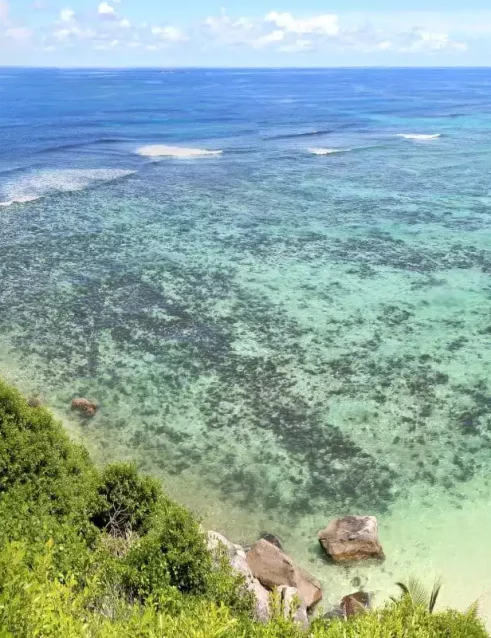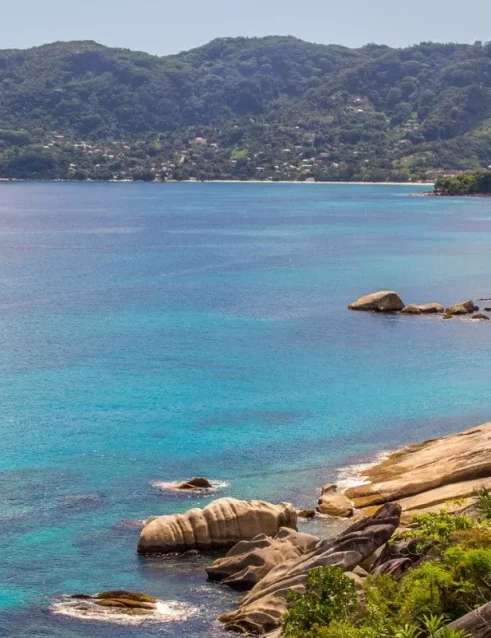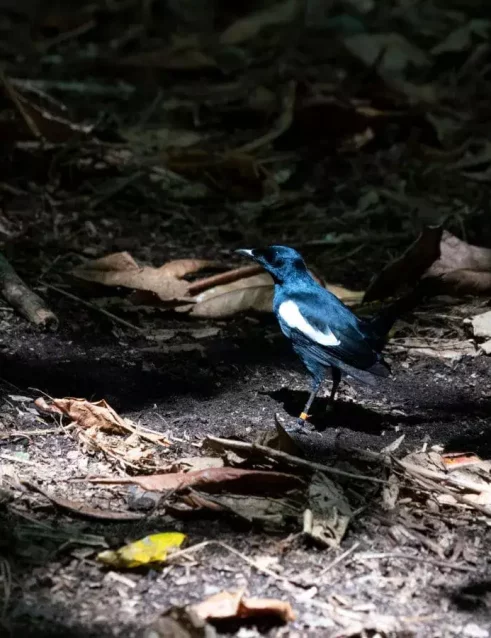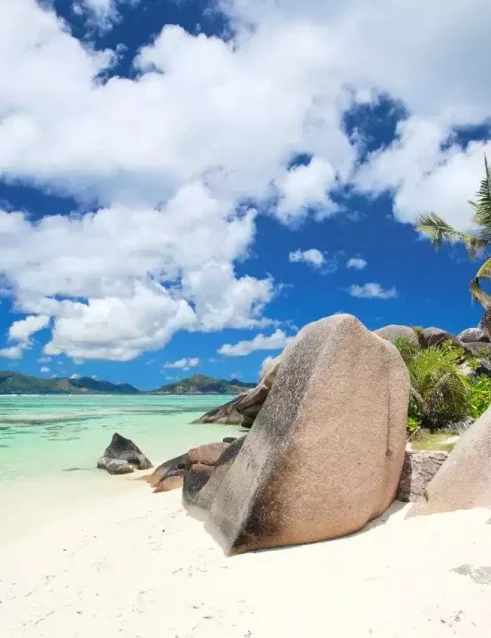The Allure of Seychelles Flora: Coco de Mer and Banyan Trees
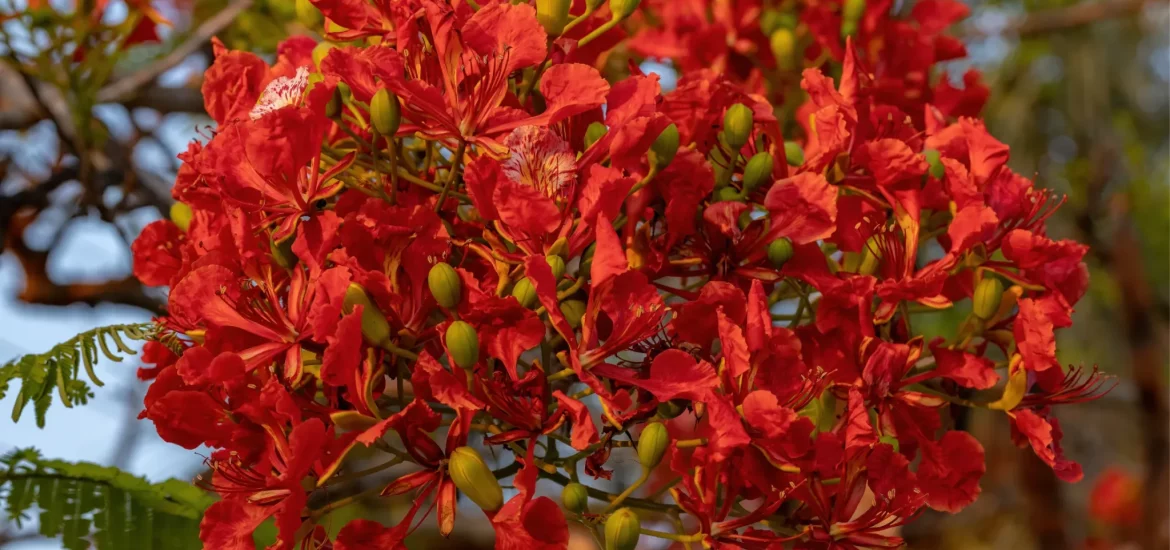
The Coco de Mer: A Living Legend
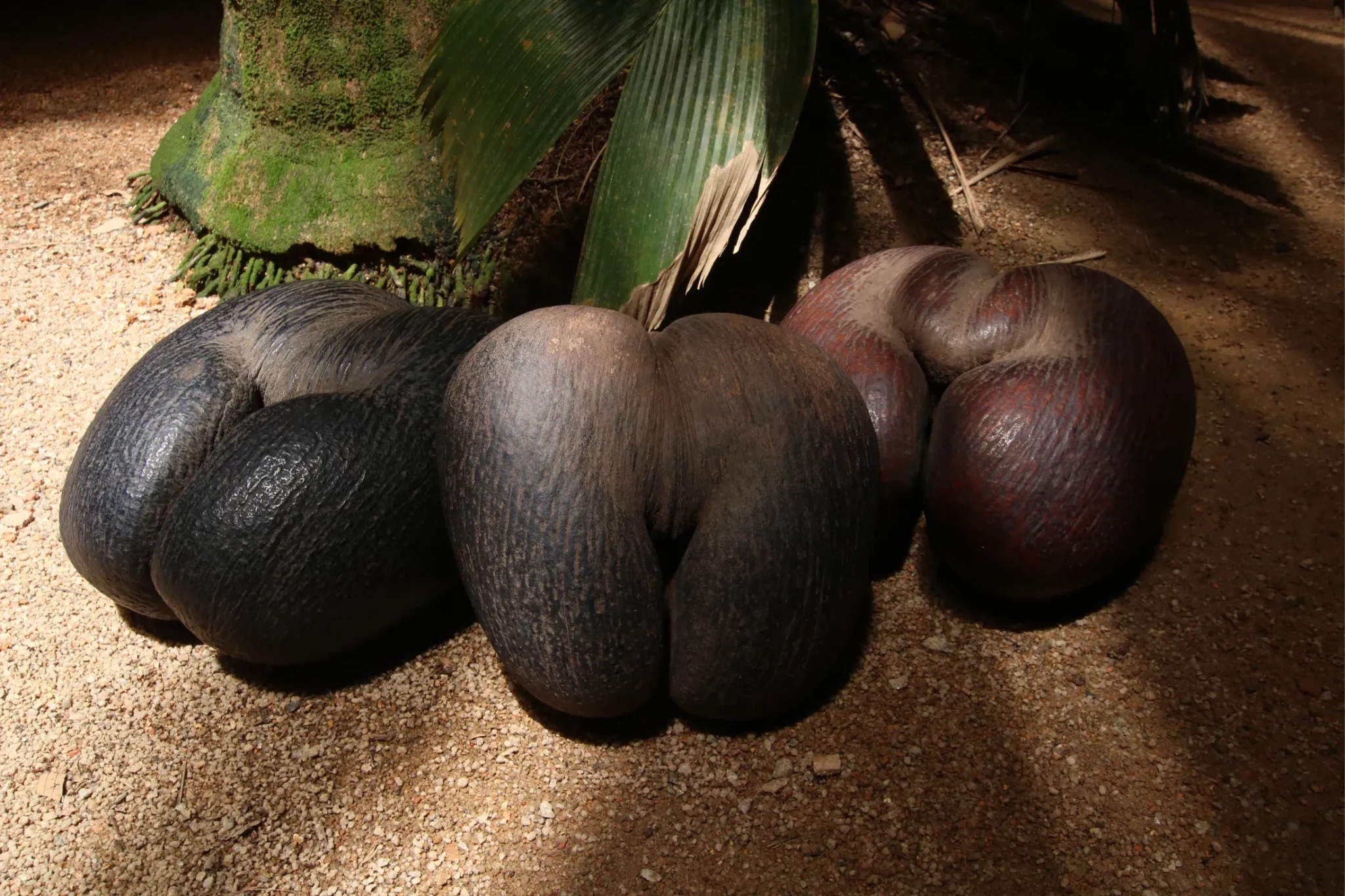
Endemic to the islands of Praslin and Curieuse, the Coco de Mer is one of the most iconic plants in Seychelles. This extraordinary palm produces the largest seed in the plant world, often compared to a woman’s buttocks and belly. The suggestive form of the nut coupled with its rarity has led to an array of myths and legends.
Before the Seychelles were discovered, the nut of the Coco de Mer would occasionally wash up on distant shores. Owing to its exceptional size and form, and the mystery of its origins, the nut became the subject of legends. It was thought to grow on underwater trees at the bottom of the ocean and was associated with the mythological bird creature, Garuda.
Even today, the Coco de Mer holds a certain allure. It’s not just the size and shape that attract attention, but also the plant’s fascinating reproduction process. The Coco de Mer palm is dioecious, meaning there are separate male and female trees, each with their unique reproductive organs – the male’s phallic catkins and the female’s large, rounded fruit. This unique arrangement has led to tales of the trees making passionate love on stormy nights, an event reputedly so sacred that witnessing it could lead to death or blindness.
The Flamboyant Tree: A Burst of Fiery Red Amidst Tropical Greens
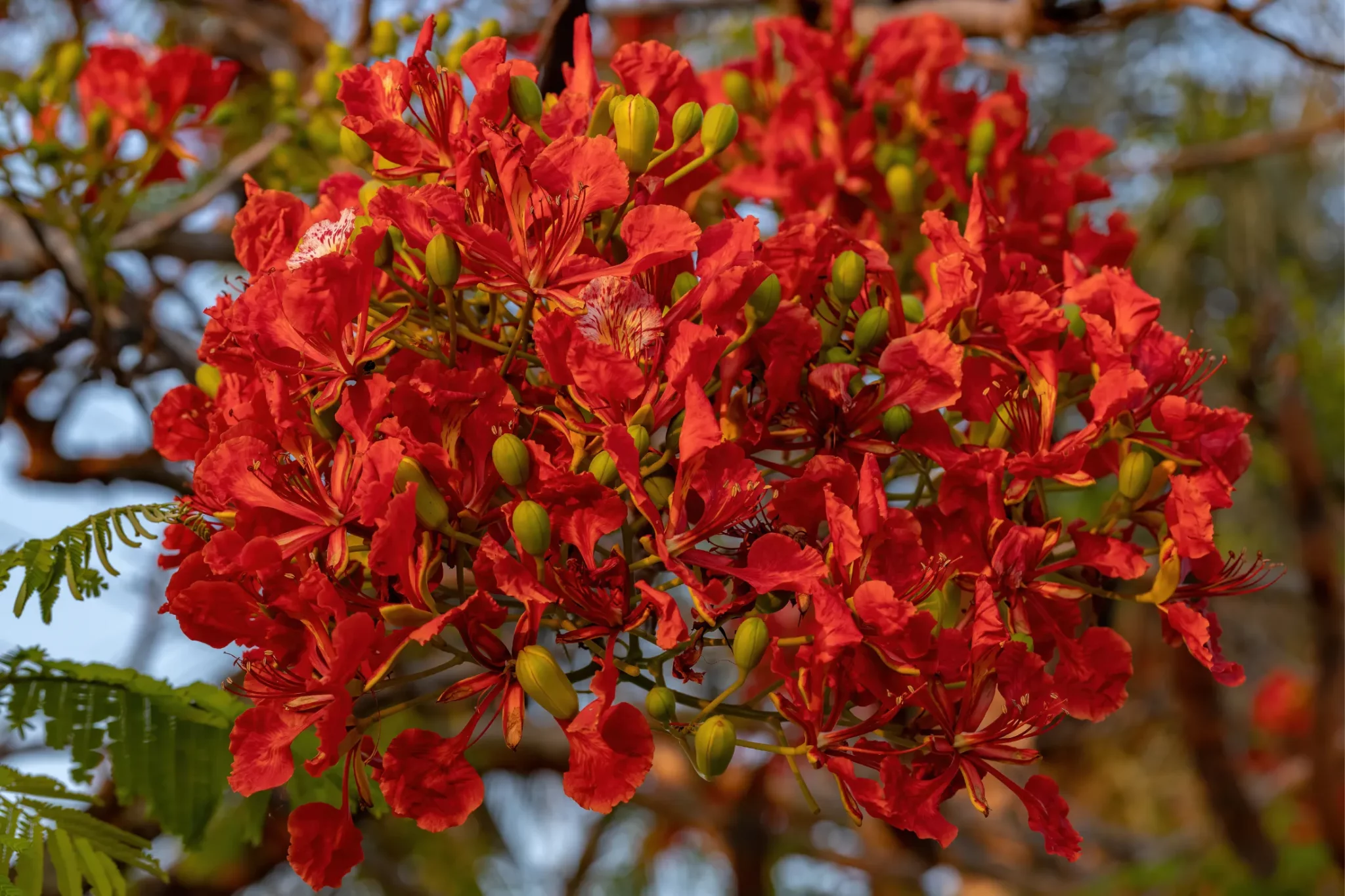
Image: A Flamboyant Tree in full bloom in Seychelles One of the most visually captivating sights in the Seychelles is the Flamboyant Tree, also known as Delonix regia, Royal Poinciana, or simply the Flame Tree. This deciduous tree, originally from Madagascar, has been adopted widely in tropical regions across the globe, but perhaps nowhere is it as stunning as in the Seychelles.
With its wide umbrella-like canopy, the Flamboyant Tree provides much-needed shade in the hot tropical climate. The tree blooms in the hottest months, typically around the end of the year in the Seychelles. Its flowers are a fiery red or orange, making it seem as if the tree has been set ablaze – hence its name. These vibrant blooms provide a stark and beautiful contrast to the lush green foliage of the tree and the surrounding vegetation.
Image: A Flamboyant Tree in full bloom in Seychelles One of the most visually captivating sights in the Seychelles is the Flamboyant Tree, also known as Delonix regia, Royal Poinciana, or simply the Flame Tree. This deciduous tree, originally from Madagascar, has been adopted widely in tropical regions across the globe, but perhaps nowhere is it as stunning as in the Seychelles.
With its wide umbrella-like canopy, the Flamboyant Tree provides much-needed shade in the hot tropical climate. The tree blooms in the hottest months, typically around the end of the year in the Seychelles. Its flowers are a fiery red or orange, making it seem as if the tree has been set ablaze – hence its name. These vibrant blooms provide a stark and beautiful contrast to the lush green foliage of the tree and the surrounding vegetation.
Seychelles Stilt Palm: A Peculiar Adaptive Marvel
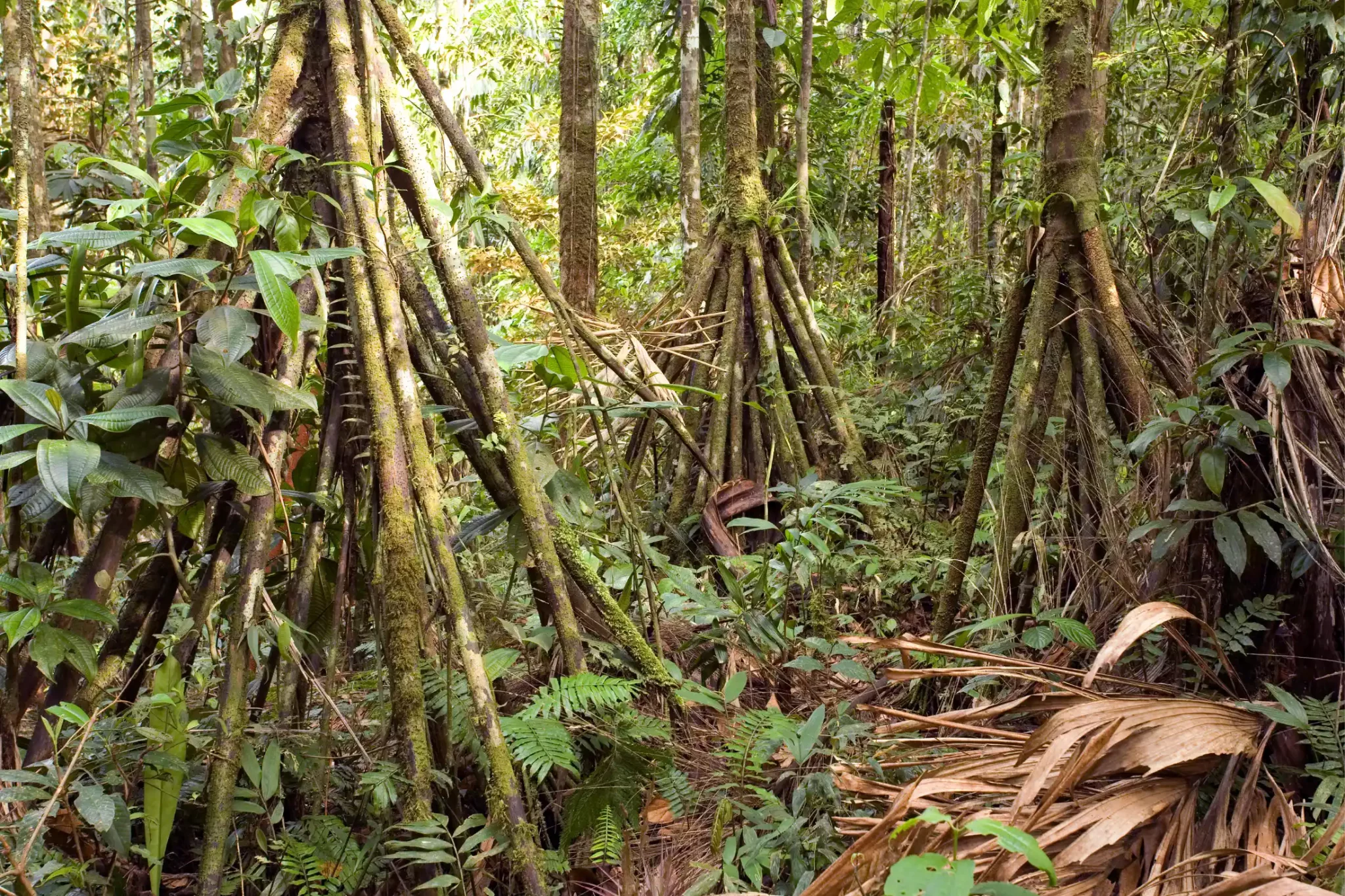
Another icon of the Seychelles flora is the Seychelles Stilt Palm, also known as the Latanier Palm or Verschaffeltia splendida. This plant is endemic to the Seychelles, meaning it’s found nowhere else on Earth. The palm gets its name from its peculiar root system, which has adapted to the rocky and often unstable soil of the islands.
The Stilt Palm has a unique way of securing itself. As it grows, it develops a set of secondary roots from the base of the trunk which grow downwards. These stilt-like roots form a sort of tripod, helping the palm maintain stability on the uneven terrain and preventing it from toppling over in strong winds or during heavy rainfall.
This palm is not just a survival expert; it’s also an impressive sight. It can grow up to 20 meters high, with a crown of large, fan-shaped leaves that create an arresting silhouette against the island skies.
The leaves are widely used by locals in crafting roofs for traditional houses or in the creation of hats and baskets, while the palm’s sap is fermented to create a potent alcoholic drink.
The Stilt Palm is a testament to the Seychelles’ unique ecology, demonstrating how species evolve and adapt to their environments in extraordinary ways. Today, the Stilt Palm stands as a symbol of the islands’ rich, endemic biodiversity, and its resilience echoes the spirit of the Seychellois themselves.
The Mighty Banyan Trees: Nature’s Grand Architects
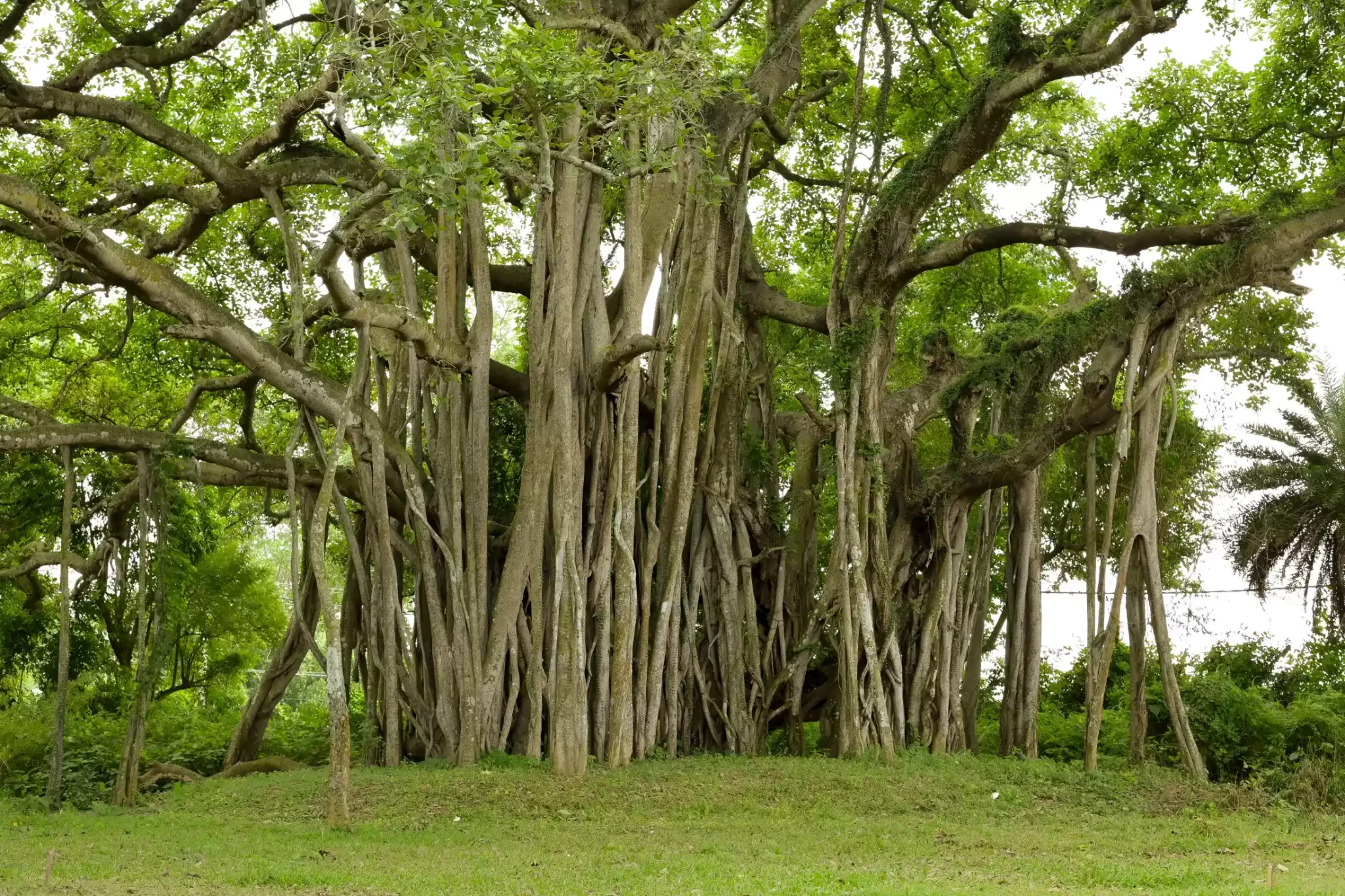
Equally awe-inspiring is the Banyan tree, a unique species of fig that can be found throughout the Seychelles. The Banyan tree is a master of survival and expansion. It begins its life cycle as a small seed, typically deposited in the crevices of a host tree by a bird. As it grows, it sends down aerial roots that eventually reach the ground and thicken into supplementary trunks.
Over time, the Banyan tree can spread outwards indefinitely, creating a complex network of roots and trunks. In many instances, the host tree gets enveloped entirely and dies, leaving the Banyan tree standing in its place. This has earned it the nickname “strangler fig”. Despite its aggressive growth strategy, the Banyan tree’s intricate architecture offers shelter and food to many animals and other smaller plants, contributing significantly to the biodiversity of the Seychelles’ forests.
Stepping into a Seychellois forest often feels like entering an arboreal cathedral. The traveller is greeted by towering canopies of takamaka trees, their glossy leaves shimmering in the sunlight, while the forest floor is decorated with the delicate, star-shaped flowers of the Wright’s gardenia, another Seychelles endemic plant.
The Seychelles is a paradise for plant lovers and eco-tourists. The islands are home to a rich and diverse plant life, from their mesmerizing tropical forests to their stunning coastal vegetation. However, it is the Coco de Mer and Banyan tree that truly steal the show, each in their unique way. These trees symbolize the wonders and mysteries of nature and remind us of the rich biodiversity that needs to be cherished and protected.




